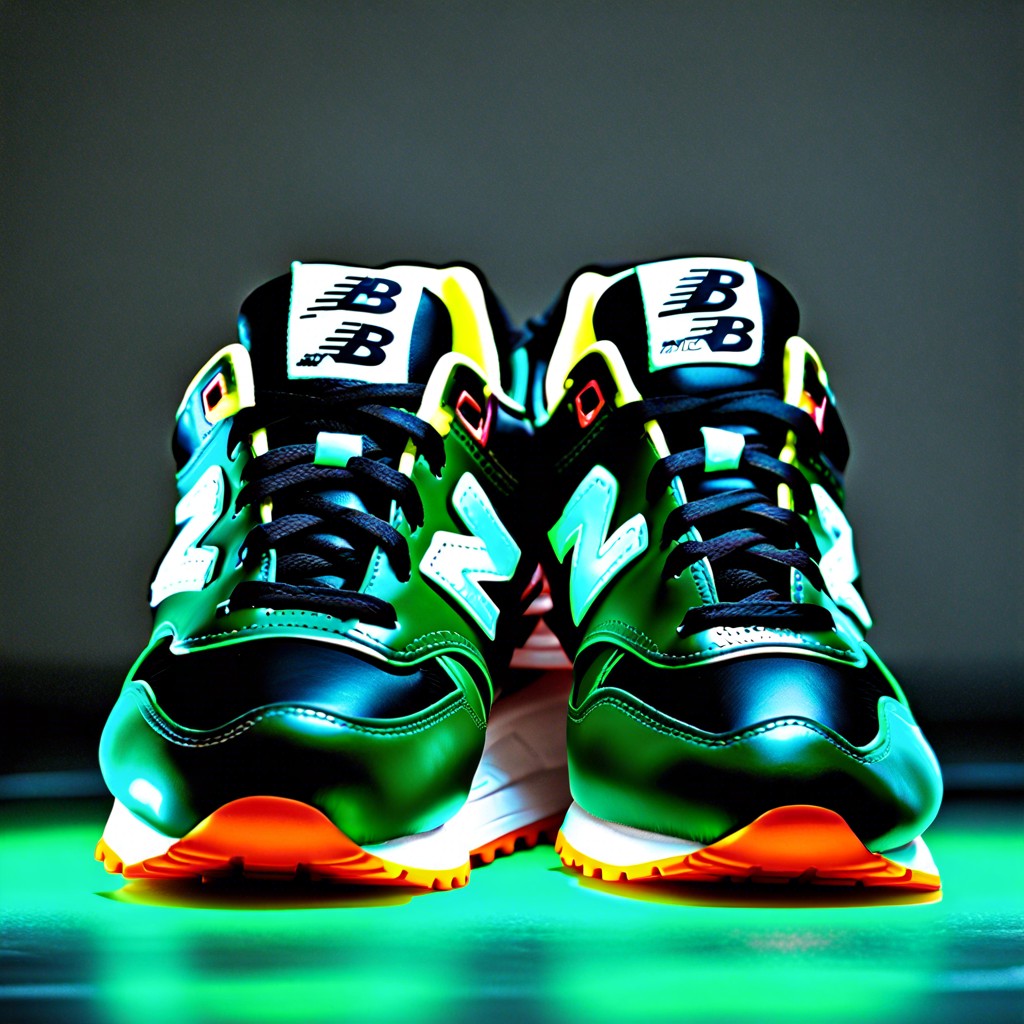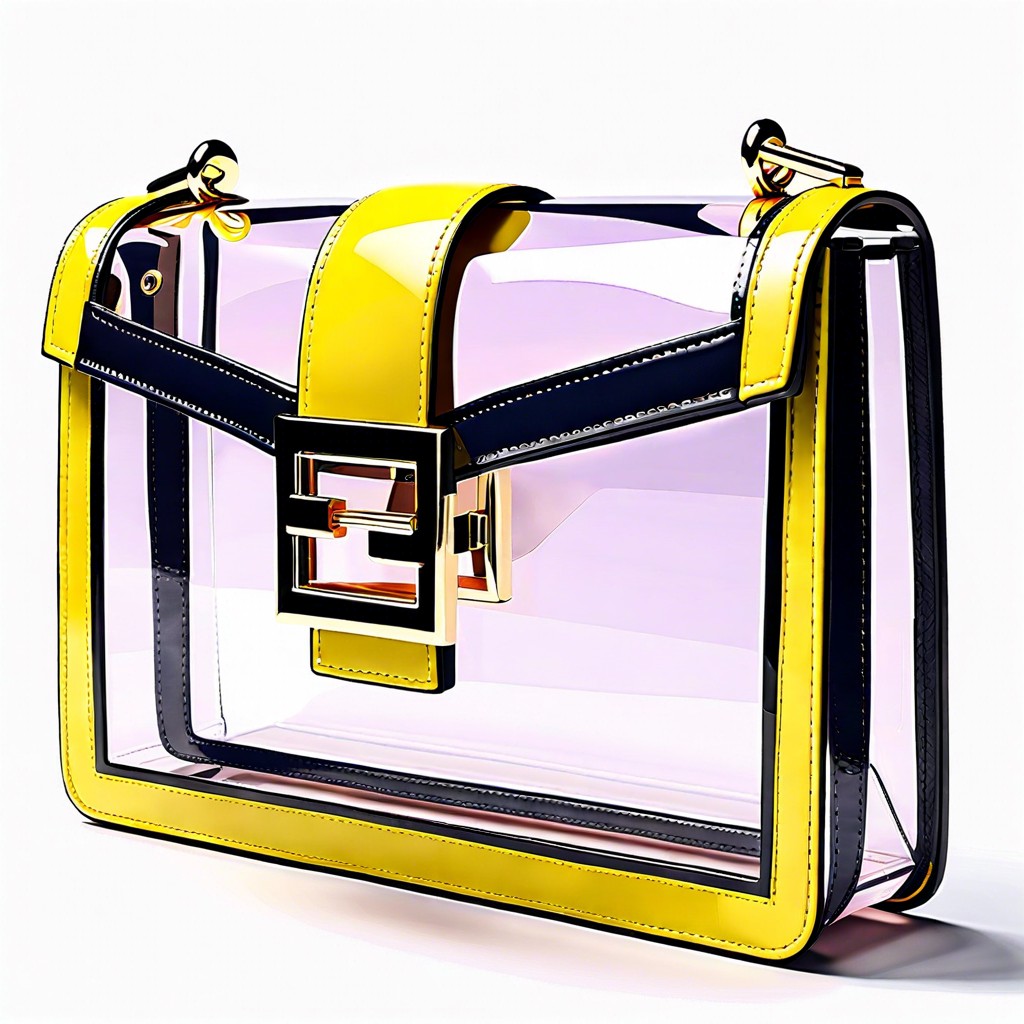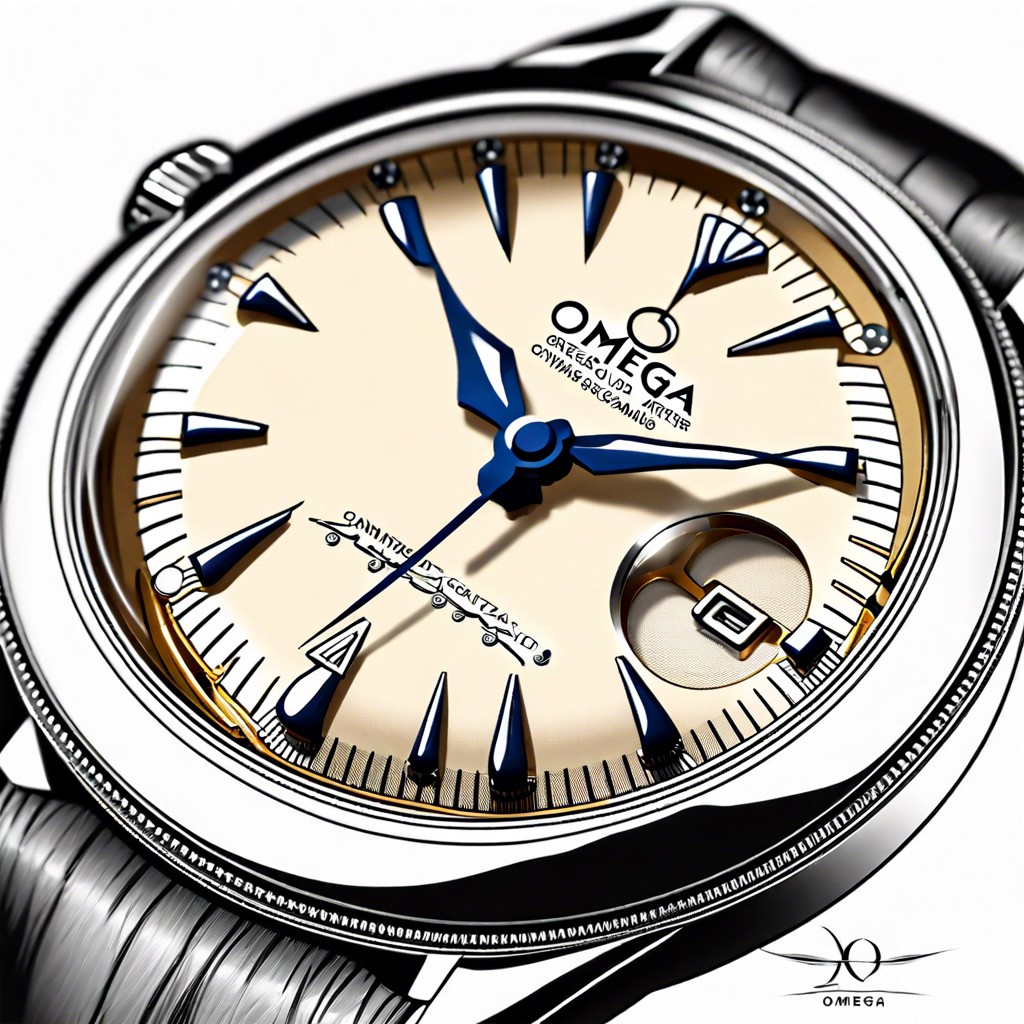Last updated on
Discover how to choose the best weatherproof pants that meet your outdoor needs, keeping you dry and comfortable in any weather condition.
Key takeaways:
- Different types of weatherproof pants for varying climates and activities.
- Materials used, such as Gore-Tex and eco-friendly options.
- Technology advancements, including microporous fabrics and DWR coatings.
- Considerations for specific activities like hiking or skiing.
- Price range and value, investing in higher quality for better durability.
Types of Weatherproof Pants
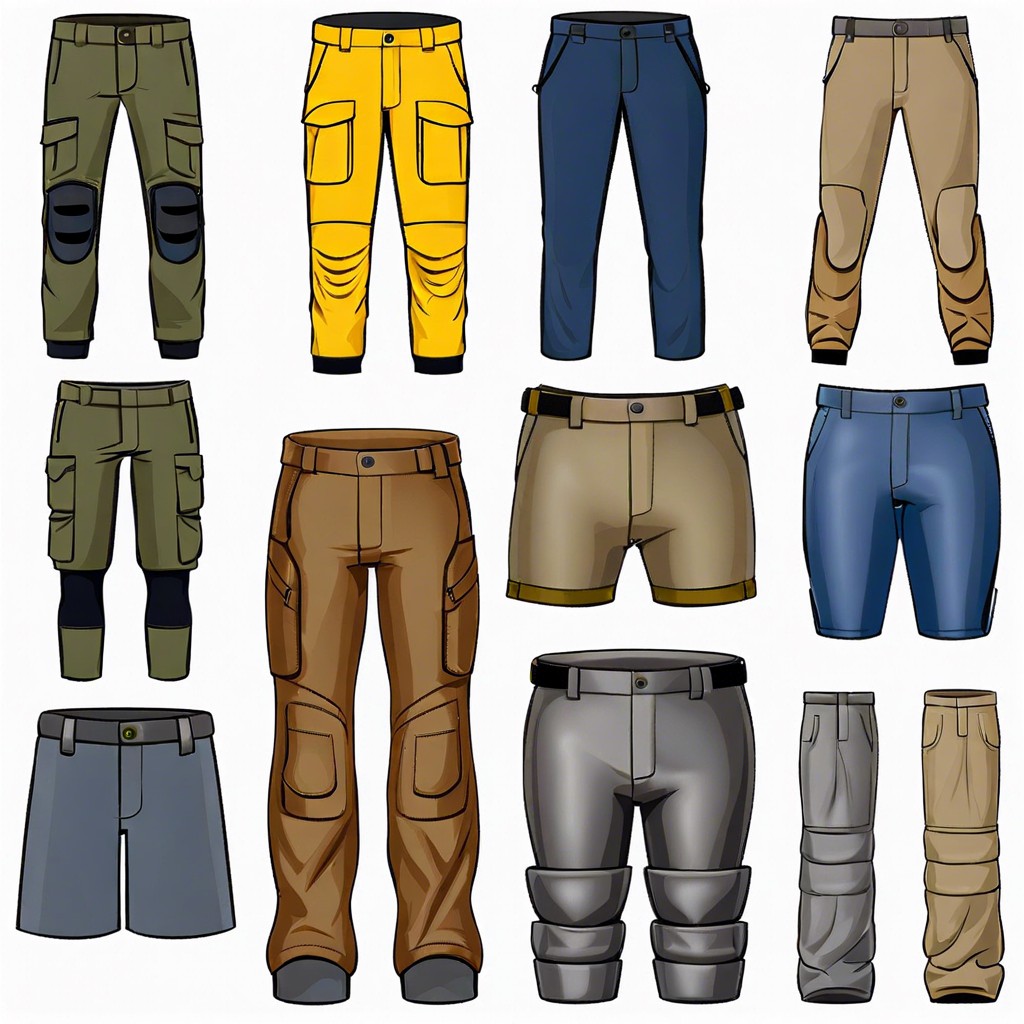
Weatherproof pants come in several varieties to suit different climates and needs. Waterproof pants are completely impervitable to moisture, ideal for wet environments. Water-resistant pants, meanwhile, can handle light rain for brief periods but may not hold up under heavy or continuous rain. Breathable varieties allow sweat and heat to escape, which is crucial when engaging in strenuous activities, preventing the uncomfortable build-up of moisture inside.
Each type also caters to specific activities. For instance, hikers might opt for lightweight, breathable pants, while those in extreme conditions might select insulated waterproof pants for added warmth.
Materials Used in Weatherproof Pants
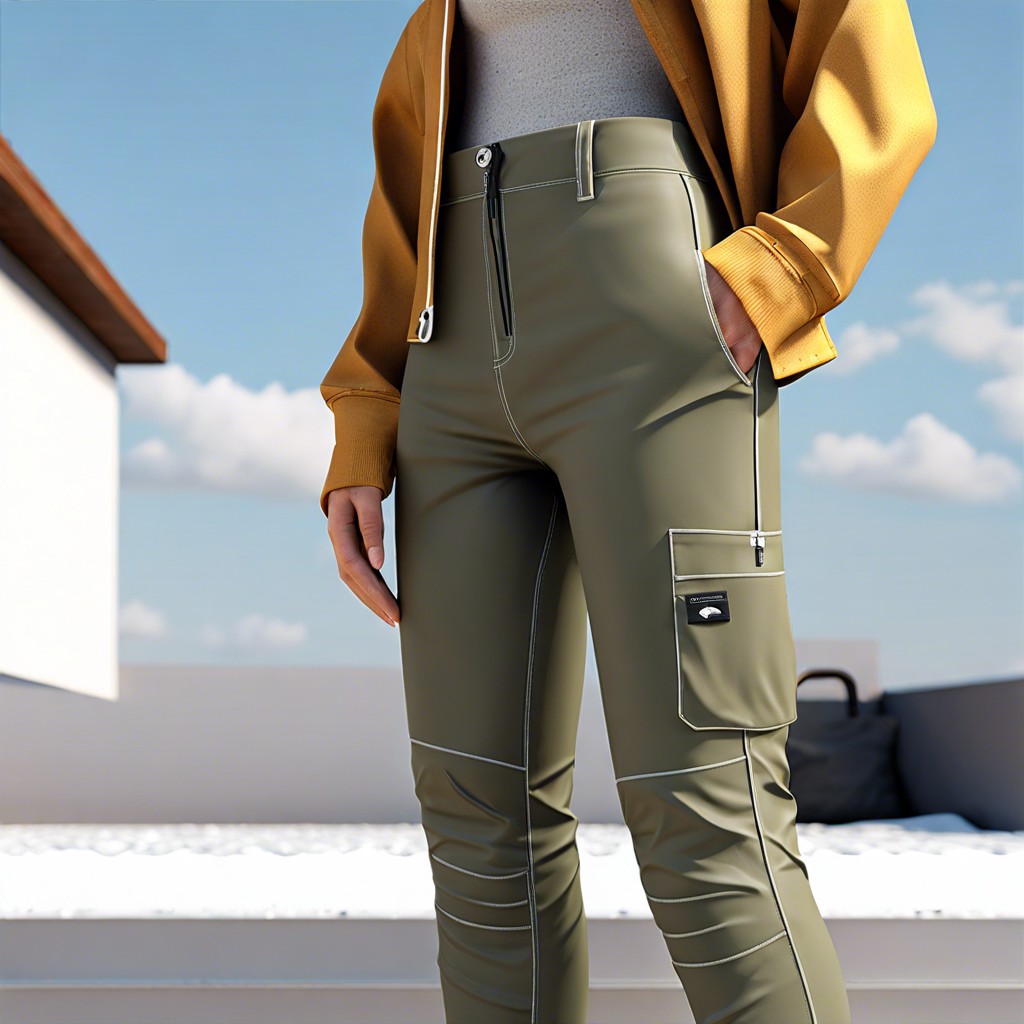
Weatherproof pants rely on a range of fabrics to keep the elements at bay, each with its distinct benefits. Gore-Tex, a popular choice, offers exceptional waterproof and breathable qualities courtesy of its microporous structure that blocks water while allowing vapor to escape. Polyester and nylon are also favorites, appreciated for their durability and quick-drying properties. For eco-conscious consumers, options like recycled PET fabric, crafted from plastic bottles, offer a sustainable alternative without compromising on weather resistance.
To enhance functionality, these materials often receive treatments like DWR (Durable Water Repellent) coatings. This finish helps the outer fabric layer shed water, preventing saturation and maintaining breathability. Exploring these materials reveals the intricate balance between staying dry and comfortable in various weather conditions, mirroring the sophisticated interaction between technology and nature.
Technology in Weatherproofing
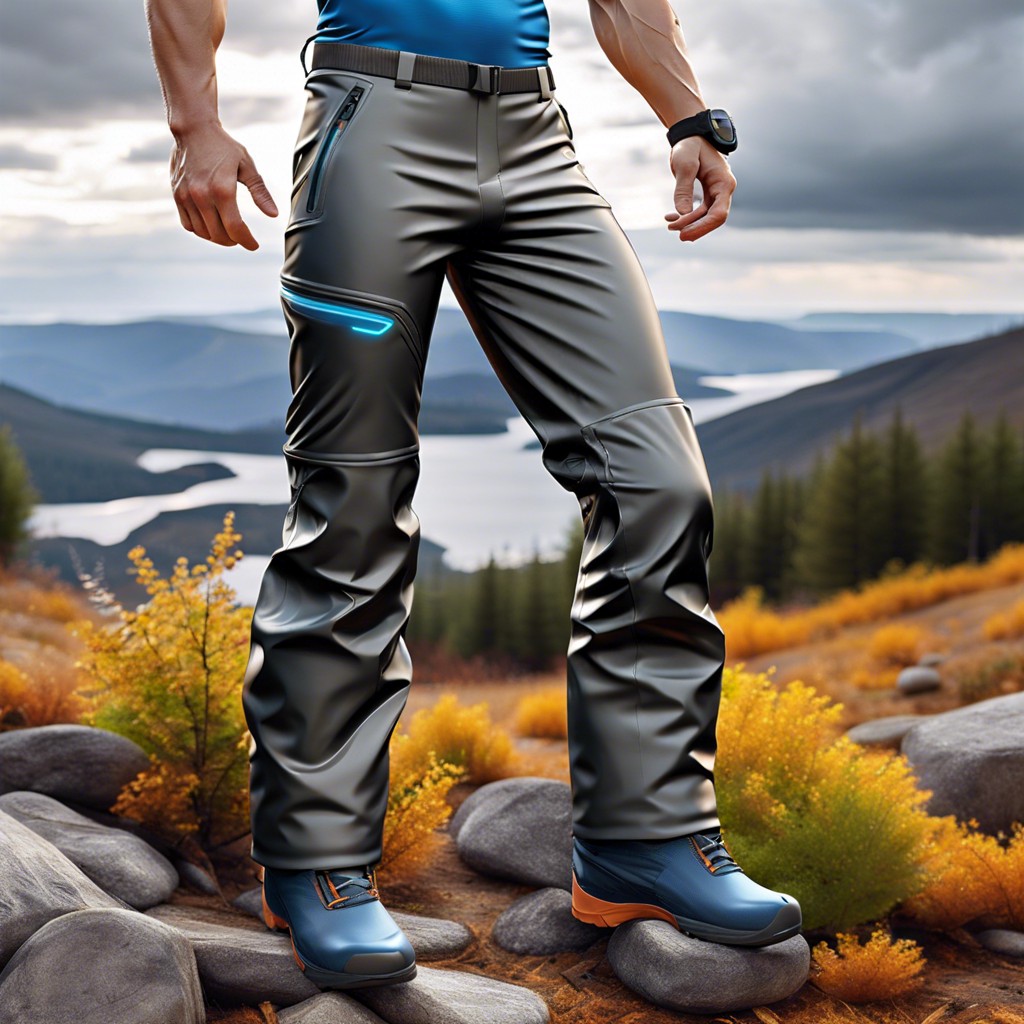
Advances in technology have considerably uplifted the efficiency of weatherproof pants. One of the main features is the use of microporous fabrics like Gore-Tex, which blocks moisture from entering but allows sweat vapors to escape, making the clothing breathable yet waterproof.
Another critical development is the application of durable water repellent (DWR) coatings. This treatment adds an additional layer of protection by causing water to bead up and roll off the fabric surface, rather than soaking in.
Seam sealing technologies also play a vital role. Taped or welded seams prevent water from seeping through stitch lines, which are potential weak points for leakage.
Moreover, some weatherproof pants incorporate stretch technology, not only to improve water resistance but to enhance mobility and comfort, crucial for activities like hiking and climbing. This adaptation shows the fusion of function and comfort in modern outdoor gear.
Weatherproof Pants for Various Activities

Hikers, skiers, and commuters all have different needs when selecting weatherproof pants. For trekkers exploring damp trails, pants with a breathable, waterproof membrane and quick-drying material are crucial. Skiers, on the other hand, might opt for insulated options to combat the cold while ensuring moisture stays out. City dwellers who face rainy urban environments might prefer stylish, lightweight pants that are both weatherproof and breathable, to seamlessly transition from outdoor elements to indoor settings.
Price Range and Value
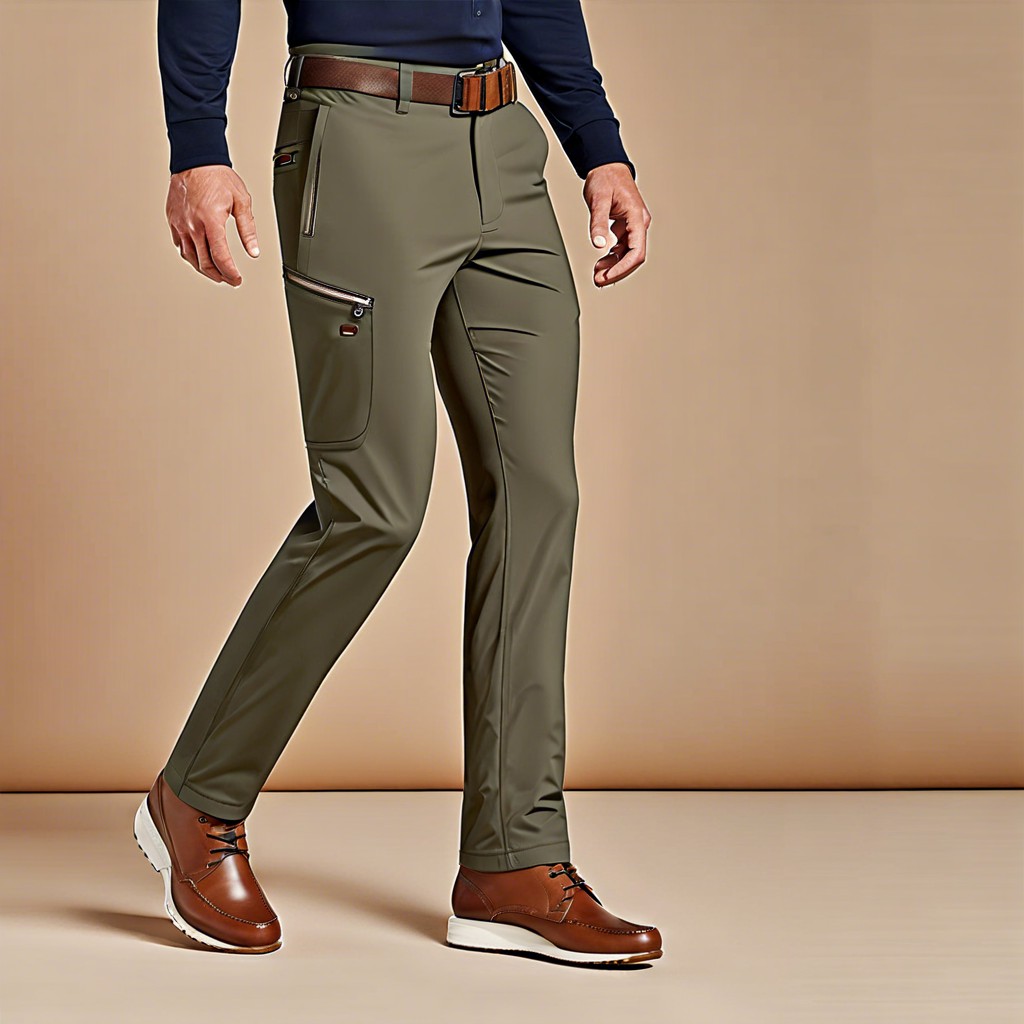
Weatherproof pants vary in price depending on material, brand, and technology. Basic models typically start around $50, suitable for casual or light use. For those involved in extensive outdoor activities or needing higher durability, prices can exceed $200. Investing in a pricier pair often provides better longevity, enhanced features like additional waterproof layers or breathability, and often, a more comfortable fit. Remember, the right pair can elevate your outdoor experience, making them a worthwhile investment for avid adventurers.
